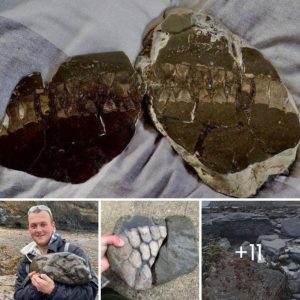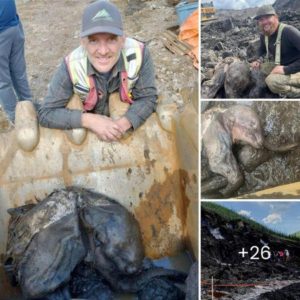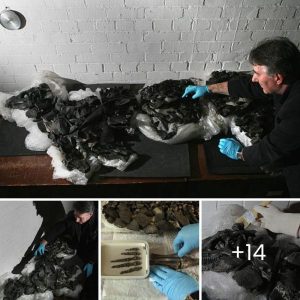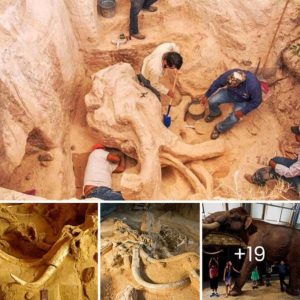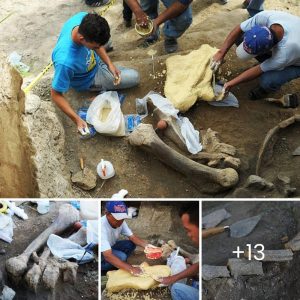In a stunning archaeological discovery in Siberia, an unconventional medieval “dancing skeleton” has left experts bewildered by its extraordinary pose.
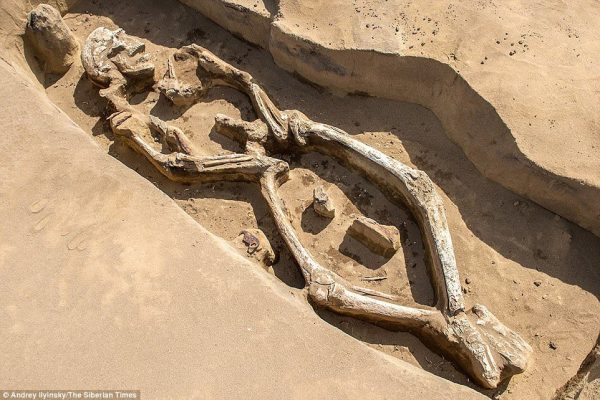
Believed to have lived between the seventh and ninth century AD, the enigmatic figure, nicknamed “Mikhail” by archaeologists, presents a peculiar burial posture that defies known ceremonial practices of the time.
The skeleton, aged around 30 at the time of death, was laid to rest on its back, with a distinct appearance suggesting a dancing stance.
The feet were crossed, knees wide open, and the arms were arranged around the pelvis. Archaeologist Denis Volkov expressed amazement at the unusual position, emphasizing that no known burial ceremonies involved such a configuration.
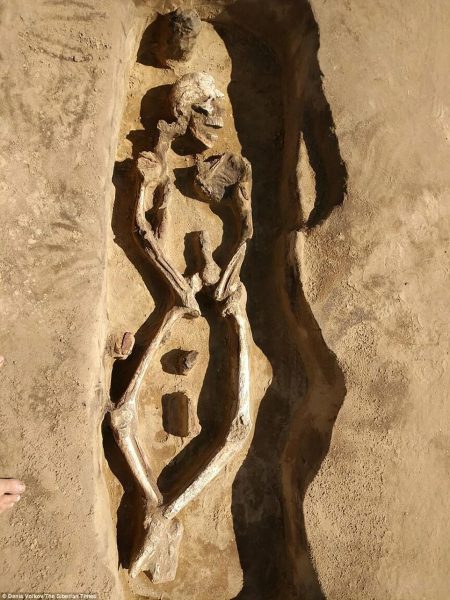
Upon closer examination, experts suspect a darker explanation for the skeleton’s peculiar pose – the possibility that it was tied up during burial. Volkov noted that the arms and legs might have been bound, preventing them from straightening naturally.
The absence of similar tethering practices in Siberian graves from that era adds to the mystery surrounding Mikhail’s burial.
The Ust-Ivanovka burial site in the Primorsky region, where the discovery was made, further perplexes researchers. Other graves in the vicinity feature circular shapes and contain the remains of elderly individuals, with lifespans ranging from 50 to 70 years.
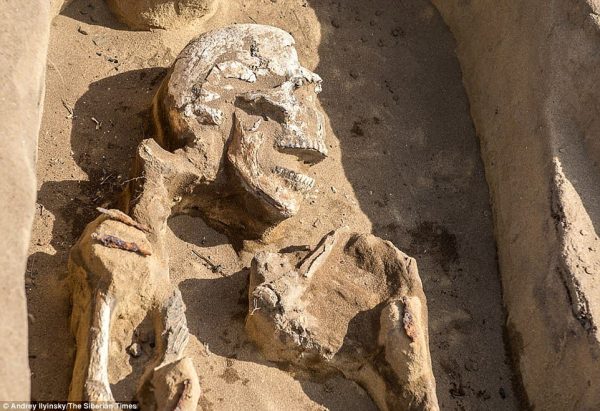
Additional intrigue arises from the distinct characteristics of Mikhail’s burial site – a rectangular grave covered in non-local white sand.
The skeleton also exhibits a potential cause of death, with an arrowhead found buried in the hip. While common for the time, further research is needed to ascertain whether the arrowhead represents a lethal wound or a burial custom.
The man, believed to be from the Mohe stratum of the Tungusic ethnic group, presents an extraordinary case requiring in-depth studies. Researchers are considering alternative theories, including the possibility of deformations caused by diseases such as tuberculosis or syphilis.
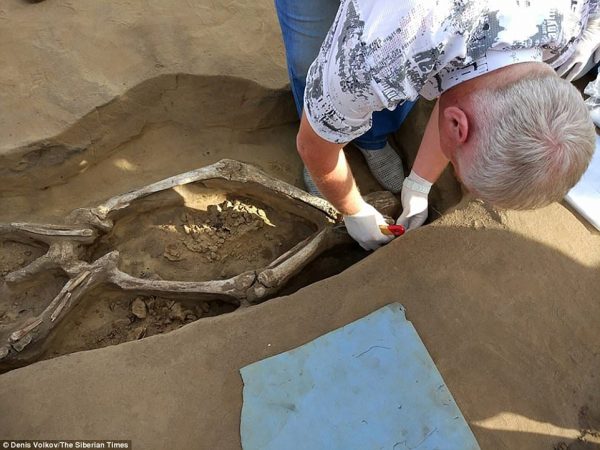
As ongoing investigations unravel the secrets of this “Dark Ages dancer,” Siberia’s archaeological landscape continues to yield surprises, shedding light on ancient mysteries.

